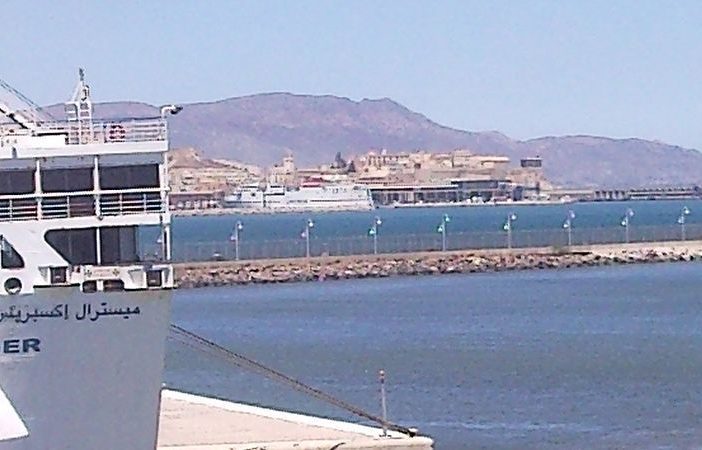PortSEurope
In 2017, Temporary Works Design (TWD) sent Marcel Vosse and Sven van den Munckhof, their marine specialists, to a new marine construction project, Nador West Med on the Mediterranean coast of Morocco, on the very edge of the North African desert.
Nador West Med is a MAD 30 billion project to build a multi-functional port area. The contractor behind the project is a consortium of major international construction companies: SGTM, STFA and Jan De Nul (JDN).
An integral part of the project is the building of 253 reinforced concrete caissons onshore that will form the breakwater protecting the port from the prevailing winds and seas and to make the quay side, providing berths for the future vessels. The caissons are hollow blocks of reinforced concrete up to 26m high, 22m wide and 30m long. The dimensions are dependent on the final water depth and whether built for the breakwater or the quay side.
The caissons are divided into sections with reinforced concrete walls, which will be filled with backfill material when sunk into the seabed on their final location. The caissons will project above the water, functioning as a breakwater and forming a quayside in water depths up to 25m.
Marcel assisted in the start-up phase, to devise a way of getting the 8,000 to 9,000t caissons from the onshore construction area into the sea and exactly on the right location. After TWD performed all necessary submerging and mooring simulation to assure a safe operation. Sven went on site on several occasions to perform detailed naval analysis and oversee the installation operations.
Supported by the TWD Marine, Structural, and Fabrication Services Department, Marcel and Sven designed the sea fastenings, including the temporary installation equipment on the caisson (mooring spread, temporary bollards, and ballasting equipment) necessary for the short sea journey offshore. Once the caissons were safely on the semi-submergible barge, the TWD team was ready for the next phase with the tugger/mooring analysis of the caissons and the ballasting sequence of the barge. Finally, they prepared the method statement for submersion, including analysis in preparation for sinking them on whichever location, all of which should take place within their specific detailed weather criteria for a safe journey.
Source: TWD








